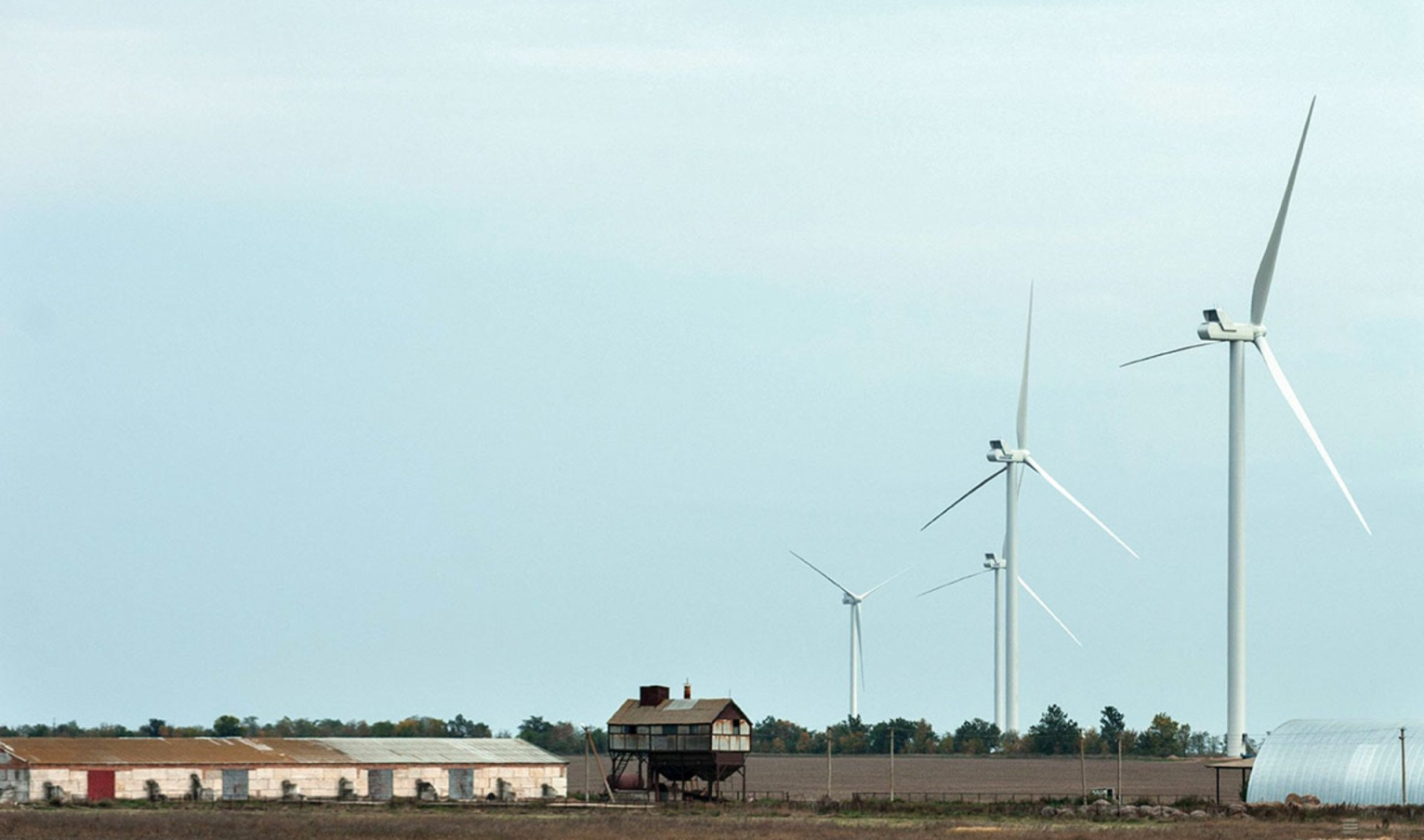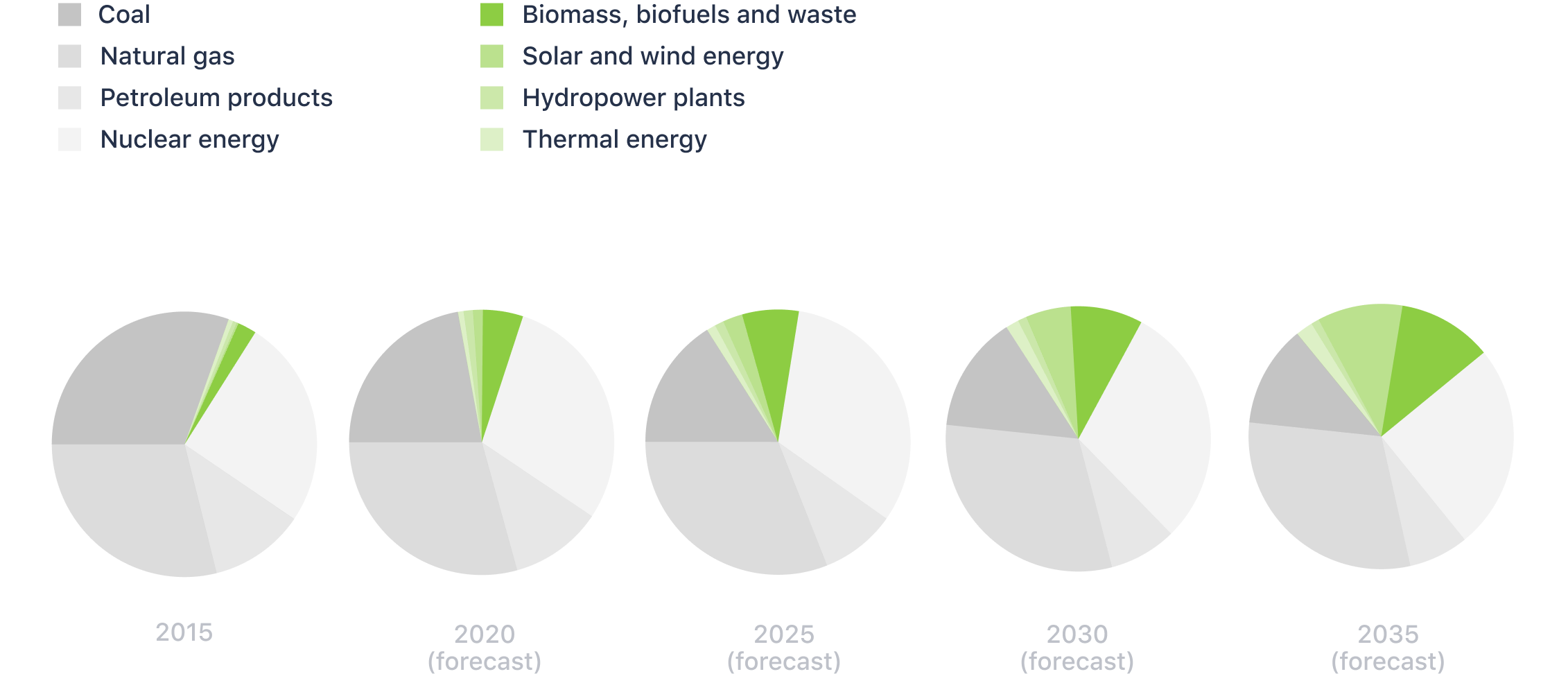Green energy is one of the few industries in Ukraine that can be regarded as successful
The pace of development of green energy in Ukraine is growing. For the first half of 2018, Ukrainians operated more “green” capacities than for the entirety of 2017. In the first six months of 2019, solar, wind and other “green” sources generated 2.37 bln kilowatt-hours, that is, 1.9 times more than in the same period in 2018. Experts are talking about a real boom. Hromadske journalist Fedir Prokopchuk describes the situation as follows: “Solar power plants in the fields, panels on the roofs of private houses and even on street lights and windmills of varying capacity <…> are becoming more familiar to Ukrainians every year.”

Following the signing of the Association Agreement between the European Union and Ukraine in 2014 and the Paris Agreement in 2015, Ukraine has committed to adhere to a plan for greening the energy sector and creating conditions for the integration of the energy system to the standards of the European Union. In particular, Article 338 of the Agreement refers to “the development and maintenance of renewable energy, taking into account the principles of economic feasibility and environmental protection, as well as alternative fuels, in particular sustainable production of biofuels”. To put it simply: in terms of green energy, Ukraine is a top performer.


As of the third quarter of 2019, the share of energy generated from renewable sources is 8.6%. This is not very much, but given the fast growth rates and plans outlined in the energy strategy of Ukraine until 2020, this percentage should reach 11%. The achievement of such a percentage is part of Ukraine’s obligations to the European Energy Community and is fixed in the National Renewable Energy Action Plan until 2020. According to the same strategy, in 2035, the share of green energy in the total primary energy supply should be 25%.
In the context of Russian aggression, the issue of green energy is not only about business and the environment. It directly addresses energy security issues. Despite the fact that Ukraine got off the “gas needle” of Russia, experts talk about the risk of returning to it. Alternative energy sources, such as green energy, strengthen the energy independence of Ukraine, because they are not associated with gas at all.
Ihor Shchur, Doctor of Technical Sciences, professor at the Institute of Energy and Control Systems of the Lviv Polytechnic National University, does not exclude that over time renewable sources will completely replace gas: “I think that in 20-40 years, gas heating of premises will only be a memory, and the elderly will tell their grandchildren with nostalgia about the convenience and cheapness, while middle-aged people will recount the unbearable price, waste and danger.”
In Ukraine, there are favorable conditions for the development of green energy
Back in 2015, the green energy market showed a negative trend: hydro, wind and solar power plants reduced production. Only bioenergy was in the black. The situation began to change when the state revised the legislation regarding the so-called “green tariff”, which has been formally in force since 2008. It must be valid until 2030. The bottom line is that the green energy tariff is higher than the wholesale price of energy extracted from non-renewable sources.
The tariff applies to everyone who produces green energy (except blast furnace and coking gases, and with the use of hydropower — to micro-, mini- and small hydroelectric power stations). It can be for both legal entities and individuals, if the latter are engaged in economic activities. With the Law “On Alternative Energy Sources”, Ukraine guarantees that the energy produced in a “green” manner will be acquired by paying the full price.
The state has deliberately created profitable and understandable rules of the game on the green energy market for everyone. Such a policy created conditions for a sharp rise in the industry. And it took place.
